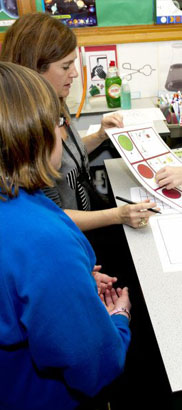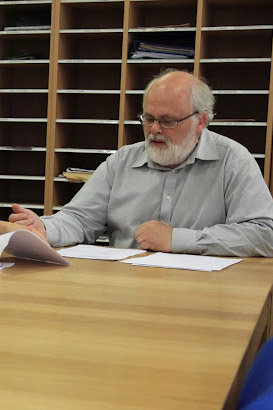Providing for the needs of the whole child through collaboration is increasingly the focus of policy development within special education. But what kind of collaboration will be involved in providing a coherent and full range of services for children?
Some of the general aims of working together with other agencies are:
- early identification of issues and coordinated intervention
- better access to appropriate services or expertise
- improved achievement and engagement in education
- better support for parents
- children, young people and family's needs addressed more appropriately
- better quality services
- reduced need for more specialist services
How do these manifest themselves within your setting?
How do you evidence the positive impact of multi-professional working in your school?
What would you add to the list?

Developing multi-agency working is not without challenges. Some examples of potential barriers are:
- Each agency has its own practices and culture designed to meet its core function
- Lines of authority and decision-making are not clear
- Historical 'baggage' between some agencies
- Different legal frameworks regulate different agencies
- Lack of knowledge about why other agencies are involved
- Ineffective communication
- Lack of confidence about what to share, how and when
- Lack of understanding of different agency roles and responsibilities
- Not knowing who to contact within other agencies
Difficulties may be intensified by the practicalities of finance, resourcing and organisational change.

Do you recognise any of the following tensions from your own experiences of multi-agency working?
- Individuals from other agencies using power or status to over-ride others
- Another agency not delivering on promises
- Another agency doing something you believe is wrong or against the child or young person's interests
- Another agency using different legislation to justify their actions, or inaction
- Structural issues in another agency (eg staff shortages, delays in responding)
- Pressure from another agency to use your resources on what you consider a low priority
Effective multi-agency working relies on leaders being able to understand the context within which each agency operates. This will help the school to develop procedures which facilitate collaboration and accommodate professional differences.
Some identified components of effective multi-agency work are:
- Clearly agreed and defined functions for each agency
- Agreed tasks with defined boundaries
- Effective communication using common language
- Understanding of, and respect for, each otherss work
- Common goals
- Recognition of different skills
- Clarity of arrangements

...you have to try to see why, from their
perspective, they don't feel able to do something in a particular way. There is no value in turning issues into battles between
individuals or services. It really is about understanding.